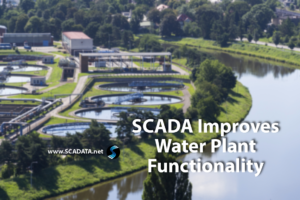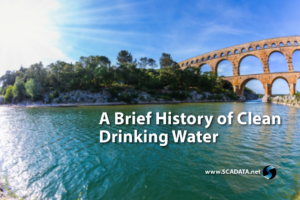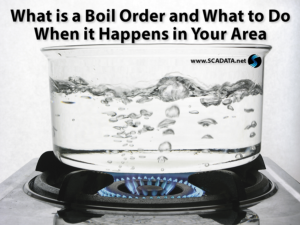A modern, well-managed water treatment plant is an important factor in the purity of your drinking water. Making your water safe to drink is a top priority. Several factors can impact the purity of your water. For example, pollution of local reservoirs and lakes, as well as damage done to corroded pipes or sewer overflows, can add unwanted elements to your water. That’s where your water treatment plants come in. These facilities are responsible for removing the undesirable pieces to make your water “potable,” or safe to drink.
Let�s take a look at what happens to your water as it goes through a water treatment plant:
- Untreated water is pumped into a central treatment facility (usually from a surface or underground water supply). It is then sent through a series of pipes and filtered through steel bars, which keep large debris (like logs and branches) from passing through. The water may also pass through a finer screen to catch leaves and similar materials.
- If the water is very cloudy, it may be sent to a pre-sedimentation basin to allow sand and silt particles to settle at the bottom.
- Because suspended solids/particles in the water mean that disinfection can�t be assured, those particles must be removed. This removal process starts with coagulation, where chemical coagulants like aluminum or iron salts are rapidly mixed into the water. The coagulants cause the floating particles to begin clumping together.
- Other chemicals may be added at this point to neutralize the taste of the water, start the disinfection process, control its pH, etc. The water is also stirred slowly for 20 or 30 minutes with paddles or turbines, which helps the particles to gather together in �flocs.�
- This �flocculated� water is then sent to a sedimentation basin, where the �flocs� are given 2-4 hours to settle. After this, the water is filtered through a two-foot-deep layer of sand or anthracite.
- Finally, the water can be disinfected from pathogens. Most water-treatment plants use chlorine for this step. However, chemicals such as ozone, chlorine dioxide, chloramines, or other various additives may also be used.
While these are the general steps taken to purify water for common consumption, there are other processes that can be used, including water softening and fluoridation. However, these steps are not necessary for water to be considered safe to drink. Want to learn more? Check out our post to find out more about the quality of your local water.




